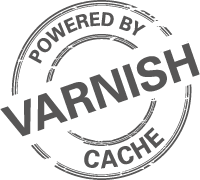 Update (Feb 5, 2013): The beta version that I tested, has been released as version 0.9.2.6 with more features than mentioned below. So, this post is void as of February 5, 2013 (in less than 2 weeks of publishing it). :(-
Update (Feb 5, 2013): The beta version that I tested, has been released as version 0.9.2.6 with more features than mentioned below. So, this post is void as of February 5, 2013 (in less than 2 weeks of publishing it). :(-
W3 Total Cache is back in active development, nearly after a year. I’m one of the lucky people who got the opportunity to test the beta version of the upcoming release, probably 1.0.0.0! It brings a few new features, including a more-intuitive troubleshooter. Continue reading “W3 Total Cache 1.0? – Sneak Peek!”





